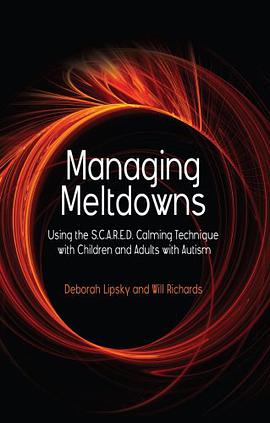

In a chaotic or threatening situation, fear is the primary emotional response of an autistic individual. Often the initial physical response is to freeze. 'Meltdowns', or brain overloads can be scary for the individual with autism, and for the person trying to help if they don't know how to react in this situation. Common coping strategies, such as hand flapping or leg shaking, can be misperceived as being wilful, noncompliant, and uncooperative; and some techniques commonly recommended during times of distress or crisis, such as maintaining eye contact or using light touch, can be counter-productive rather than providing relief.Using the easy-to-remember acronym S.C.A.R.E.D (Safe, Calm, Affirmation, Routine, Empathy and Develop), coined by clinical psychologist Will Richards, this guide offers strategies and practical techniques that will be a valuable reference tool to anyone in a first response position. The authors have created a training programme to explain the autistic experience and mindset, and guide the interventions of first responders to autistic individuals in crisis.
具體描述
讀後感
評分
評分
評分
評分
用戶評價
相關圖書
本站所有內容均為互聯網搜索引擎提供的公開搜索信息,本站不存儲任何數據與內容,任何內容與數據均與本站無關,如有需要請聯繫相關搜索引擎包括但不限於百度,google,bing,sogou 等
© 2025 qciss.net All Rights Reserved. 小哈圖書下載中心 版权所有




















